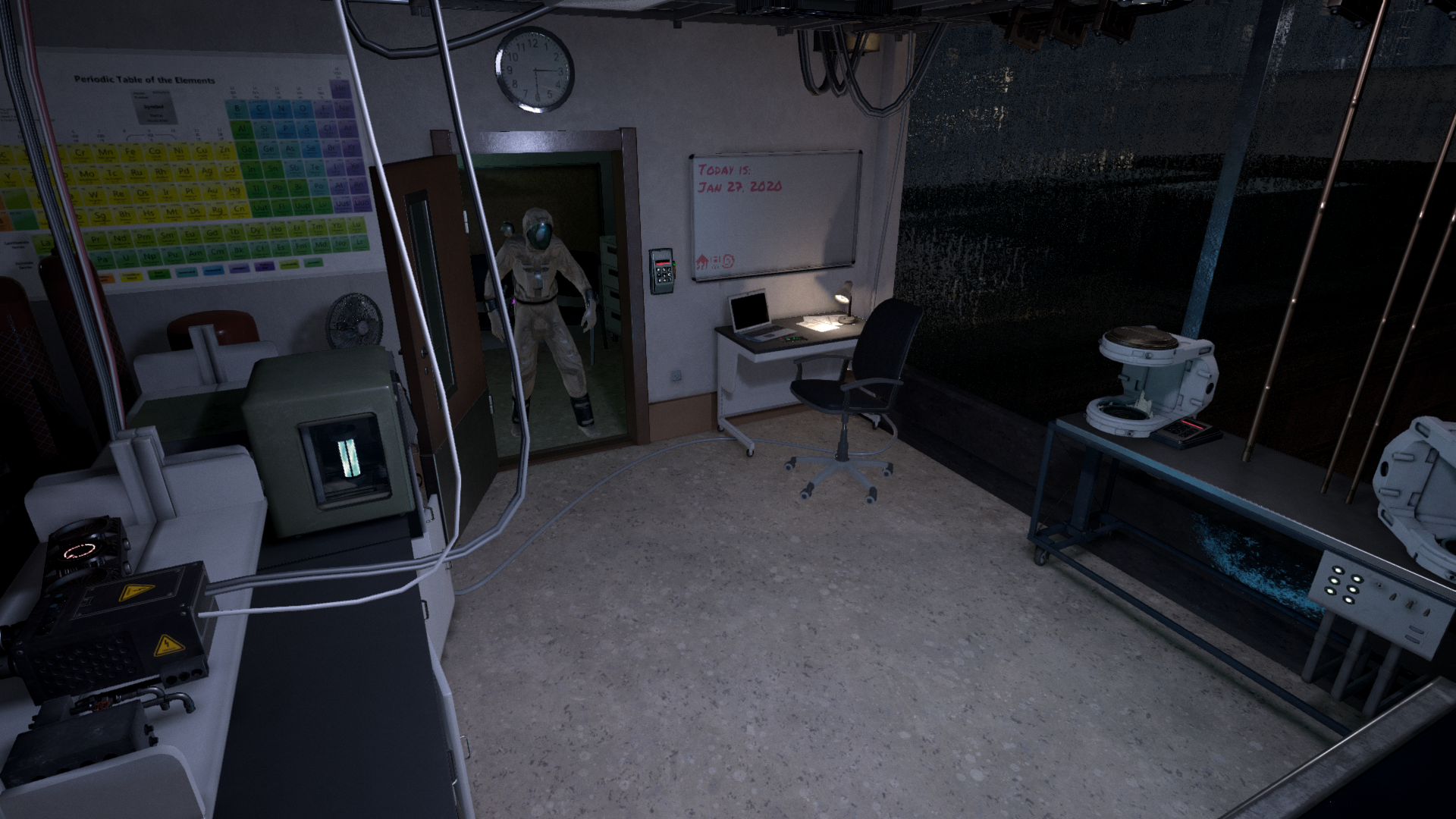

For example, HIV encodes the tat gene, whose modulation of molecules at the T cell surface might be considered a ‘camouflage’ function. Naturally, as a simplified scheme, there are many viruses or strategies that are not so easily pigeonholed. This scheme of viral escapology is illustrated in Fig.

The principle strategies employed here could be described as ‘speed’ and ‘shape-change’. Unlike their more stable DNA counterparts, the mutability of these RNA genomes allows this group, potentially, to evolve within their host, and to set up ‘high level’ persistence. The strategies used by this group of organisms, which have much less ‘technology’ at their disposal, are quite different. In contrast, there are multiple viruses with RNA-based genomes, often much smaller, which also manage to set up persistent infection, and survive within hosts in the face of ongoing immune responses. The other mechanism employed by these invaders is targeting sites for replication in regions of the body perhaps less readily accessible to host defence. Their major weapons could be described as ‘camouflage’ and ‘sabotage’, possession of highly evolved molecules, which are encoded with the incoming virus and which have evolved to disrupt conventional host defence mechanisms. These are DNA-based pathogens, with large genomes by viral standards, containing hundreds of genes. These viruses persist, usually at low levels, and the biology of their persistence represents one set of linked evolutionary strategies. Dissection of the strategies used by this group of viruses has provided a detailed map of the molecular battleground on which the host-virus war is fought. Many viral strategies for survival are phenomenally successful most of those reading this will be infected with at least one, if not several, viruses from the herpesvirus family, commonly without clinical consequences.

Natural selection has led to the evolution of the pathogens we confront today, and natural selection has also shaped, over a different time scale, the human immune system ( Zinkernagel 1996). While the biology of viruses and that of the host's immune system are both complex, the governing principle underlying their interaction is simple – natural selection. Using these simple concepts we describe the spectrum of viral escapology, giving credit not only to the researchers who uncovered this fascinating area of immunology but also to the viruses themselves, who still have a few lessons to teach. These escape strategies have been described as ‘camouflage’ and ‘sabotage’. However, MCMV has the coding capacity for additional genes which interfere specifically with the immune response of the host. At the opposite extreme, MCMV is a large, complex DNA virus with a more rigid genome and thus the strategies used by LCMV are no option. Therefore, LCMV escapes from the immune system mainly by two strategies: ‘speed’ and ‘shape change’. LCMV is a fast replicating small RNA virus with a genome prone to mutations. During this ongoing education they have developed countless mechanisms to escape from the host's immune system.To illustrate the most common strategies of viral immune escape we have focused on two murine models of persistent infection, lymphocytic choriomeningitis virus (LCMV) and murine cytomegalovirus (MCMV). Viruses have ‘studied’ immunology over millions of years of coevolution with their hosts.


 0 kommentar(er)
0 kommentar(er)
